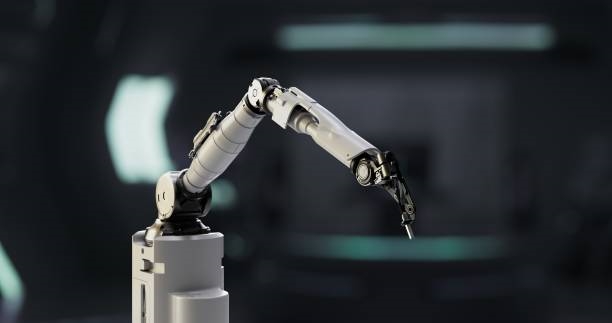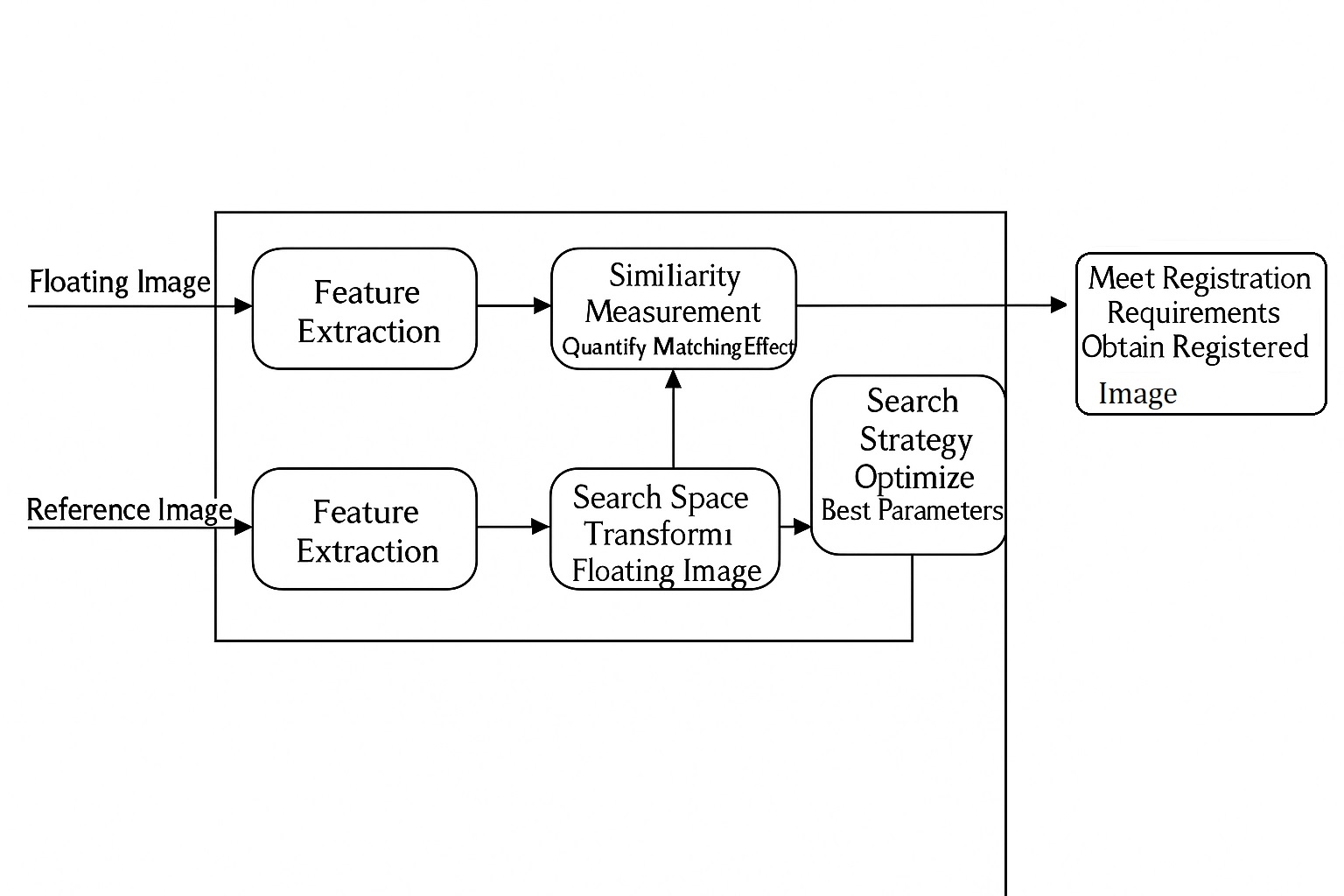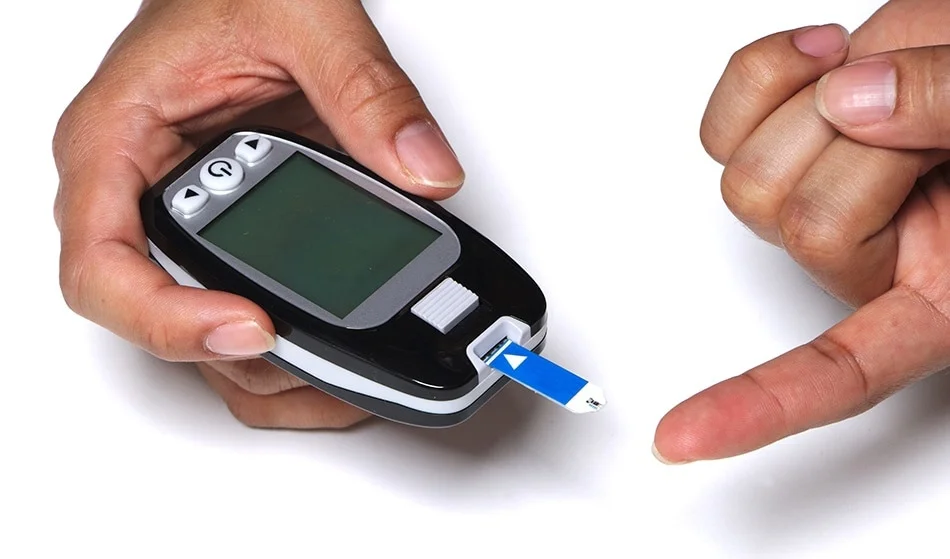This article outlines common methods for reading and preprocessing medical images, essential for tasks like lesion detection, tumor segmentation, or organ segmentation. Understanding these methods is a prerequisite for applying deep learning, as they define the data fed into neural networks.
Medical Image Data Reading
ITK-SNAP Software
ITK-SNAP is a free visualization tool for exploring the 3D structure of medical images. It supports segmentation and annotation tasks, making it valuable for both analysis and labeling. Another lightweight option is Mango, though ITK-SNAP is widely used.
ITK-SNAP displays three anatomical planes¡ªsagittal (red), coronal (purple), and axial (green)¡ªcorresponding to different body orientations. Users can import segmentation results for comparison or refine annotations by adjusting window width and level to enhance contrast.
SimpleITK
Common medical imaging modalities, such as CT and MRI, produce 3D data in formats like .dcm, .nii(.gz), .mha, or .mhd(+raw). Python¡¯s SimpleITK library handles these formats, while pydicom is suitable for .dcm files.
SimpleITK extracts tensor data from patient files. For example, reading a .nii file involves loading the volume, converting it to a NumPy array, and inspecting its shape and values. The resulting data typically has a shape like (z, x, y), where z is the slice index, and x and y define the slice dimensions.
Visualization differences may occur between tools like ITK-SNAP and Python¡¯s matplotlib due to axis orientation, but data alignment remains consistent.
Medical Image Preprocessing
Preprocessing varies by task and dataset but aims to optimize data for neural network training. Techniques from 2D image processing, such as contrast enhancement, denoising, and cropping, are applicable. Additionally, CT images leverage prior knowledge, like Hounsfield Unit (HU) ranges, which map radiation doses to specific tissues or organs.
Normalization is a common step, scaling pixel values to a range (e.g., 0 to 1) using dataset-specific bounds, such as -1000 HU to 400 HU for CT data. Alternatively, standardization can center the data around zero by subtracting the mean.
Preprocessed datasets should be saved locally to reduce training resource demands. Data augmentation techniques, like random cropping or linear transformations, are typically applied during training. For specific preprocessing parameters, refer to open-source code from reputable research papers.
 ALLPCB
ALLPCB







